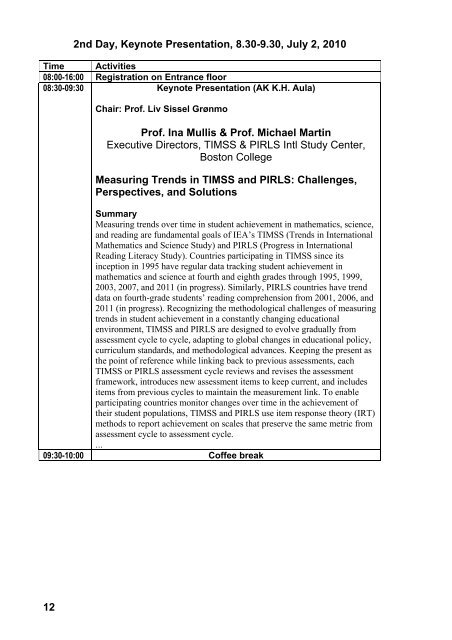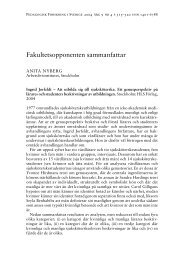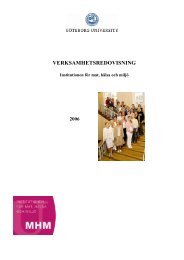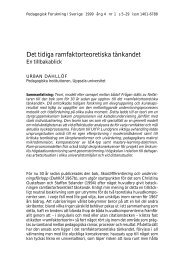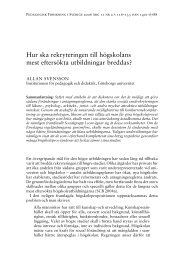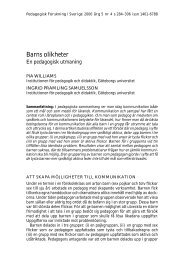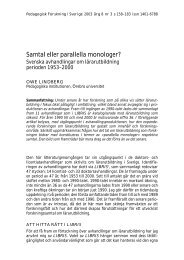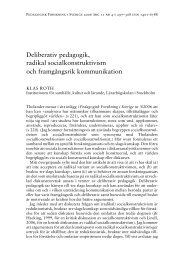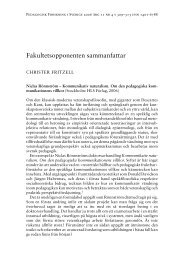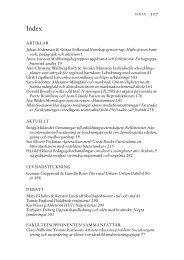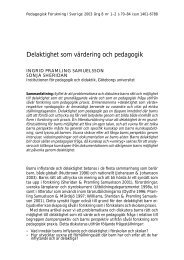University of Oslo Workshops June 29-30 Conference July 1-3 ...
University of Oslo Workshops June 29-30 Conference July 1-3 ...
University of Oslo Workshops June 29-30 Conference July 1-3 ...
You also want an ePaper? Increase the reach of your titles
YUMPU automatically turns print PDFs into web optimized ePapers that Google loves.
2nd Day, Keynote Presentation, 8.<strong>30</strong>-9.<strong>30</strong>, <strong>July</strong> 2, 2010<br />
Time Activities<br />
08:00-16:00 Registration on Entrance floor<br />
08:<strong>30</strong>-09:<strong>30</strong> Keynote Presentation (AK K.H. Aula)<br />
Chair: Pr<strong>of</strong>. Liv Sissel Grønmo<br />
Pr<strong>of</strong>. Ina Mullis & Pr<strong>of</strong>. Michael Martin<br />
Executive Directors, TIMSS & PIRLS Intl Study Center,<br />
Boston College<br />
Measuring Trends in TIMSS and PIRLS: Challenges,<br />
Perspectives, and Solutions<br />
Summary<br />
Measuring trends over time in student achievement in mathematics, science,<br />
and reading are fundamental goals <strong>of</strong> IEA’s TIMSS (Trends in International<br />
Mathematics and Science Study) and PIRLS (Progress in International<br />
Reading Literacy Study). Countries participating in TIMSS since its<br />
inception in 1995 have regular data tracking student achievement in<br />
mathematics and science at fourth and eighth grades through 1995, 1999,<br />
2003, 2007, and 2011 (in progress). Similarly, PIRLS countries have trend<br />
data on fourth-grade students’ reading comprehension from 2001, 2006, and<br />
2011 (in progress). Recognizing the methodological challenges <strong>of</strong> measuring<br />
trends in student achievement in a constantly changing educational<br />
environment, TIMSS and PIRLS are designed to evolve gradually from<br />
assessment cycle to cycle, adapting to global changes in educational policy,<br />
curriculum standards, and methodological advances. Keeping the present as<br />
the point <strong>of</strong> reference while linking back to previous assessments, each<br />
TIMSS or PIRLS assessment cycle reviews and revises the assessment<br />
framework, introduces new assessment items to keep current, and includes<br />
items from previous cycles to maintain the measurement link. To enable<br />
participating countries monitor changes over time in the achievement <strong>of</strong><br />
their student populations, TIMSS and PIRLS use item response theory (IRT)<br />
methods to report achievement on scales that preserve the same metric from<br />
assessment cycle to assessment cycle.<br />
…<br />
09:<strong>30</strong>-10:00 C<strong>of</strong>fee break<br />
12


